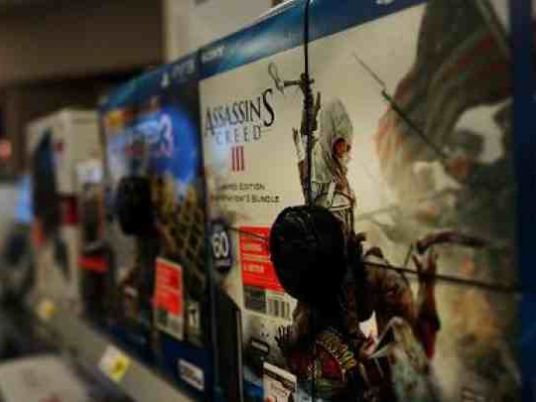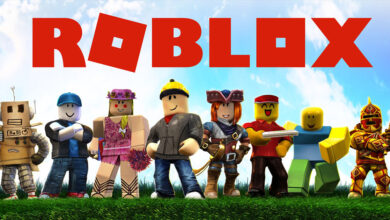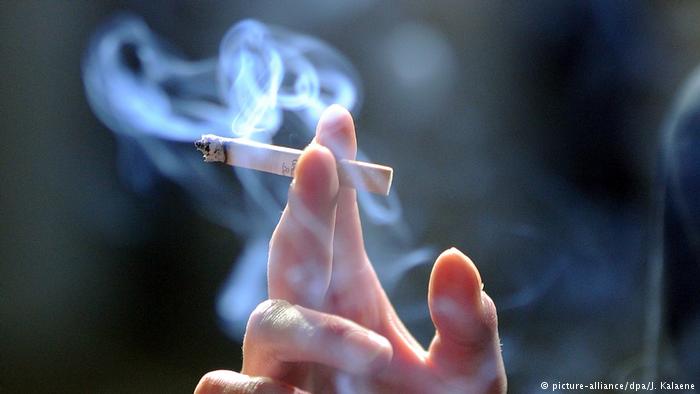
Video games popular with children and teens often feature characters that smoke even though few packages carry warnings about tobacco-related content, a US study suggests.
Researchers asked 65 players, ages 13 to 50, to list their favorite games and recall how many of these depicted tobacco use. Participants remembered playing 118 different games that are evaluated by the Entertainment Software Ratings Board (ESRB), an industry group in the US that provides voluntary content warnings designed to flag themes that may not be appropriate for younger players.
Players recalled seeing tobacco featured in 31 percent of the ESRB-rated games, but only 8 percent of games carried tobacco content warnings.
Gamers also observed smoking more often than they realized. Researchers assessed the games themselves and found 42 percent contained tobacco imagery.
“We were surprised at the amount of tobacco imagery in video games,” said study co-author Susan Forsyth. “The connection between viewing smoking imagery and adolescent smoking uptake has been well established by numerous studies, yet tobacco imagery in video games seems to be flying under the radar.”
Most smokers try tobacco for the first time before they reach adulthood, according to the US Centers for Disease Control and Prevention. Each day in the US alone, more than 3,800 youth 18 and younger smoke their first cigarette, the CDC says.
While many factors can influence whether children and teens reach for that first cigarette – including whether their parents or close friends smoke – video games and other mass media depicting tobacco in a favorable light can make the habit seem acceptable, if not desirable.
Forsyth and co-author Ruth Malone in the nursing school at the University of California, San Francisco set out to assess whether tobacco imagery was clearly labeled on packaging parents might review to determine whether a particular game might be appropriate for their child.
There were 20 adolescents among the study participants, and they all reported playing games rated “M” for Mature by ESRB, a category for ages 17 and up, the researchers report in Tobacco Control. These youngsters typically played video games for about four hours a day and started playing at around age 6.
The researchers found that 42 percent of the ESRB-rated games carried an “M” label. Of these, 76 percent contained tobacco imagery but just 4 percent mentioned tobacco on the package warnings.
The study is small, and researchers didn’t evaluate how often tobacco appeared in the games, making it impossible to assess whether players observed smoking repeatedly or only in a scene or two, the authors acknowledge.
It’s also possible that by relying on teens to recall what they saw in the past, the study might underestimate the impact of exposure to these images, said Seth Noar, a communications researcher at the University of North Carolina at Chapel Hill.
“This is a ‘free recall’ task and a high bar to meet,” Noar, who wasn’t involved in the study, said by email.
Like advertising, video games can deliver visual cues to try products even when players have no memory of the images, said Jay Hull, a psychology researcher at Dartmouth College in Hanover, New Hampshire.
“It is possible that players are absorbing messages about tobacco or smoking in these games without even realizing it,” Hull, who wasn’t involved in the study, said by email.
With the current rating system, parents may not get a complete picture of what their children observe if they don’t sit down and play through the video games with their kids, said Dr. Leslie Walker, chief of adolescent medicine at Seattle Children’s Hospital.
“Although this study is small, it was well done and the window that it gives of the inconsistency of video game ratings should be enough to take a second look at what parents are relying on to buy games for their children,” Walker, who wasn’t involved in the study, said by email.




